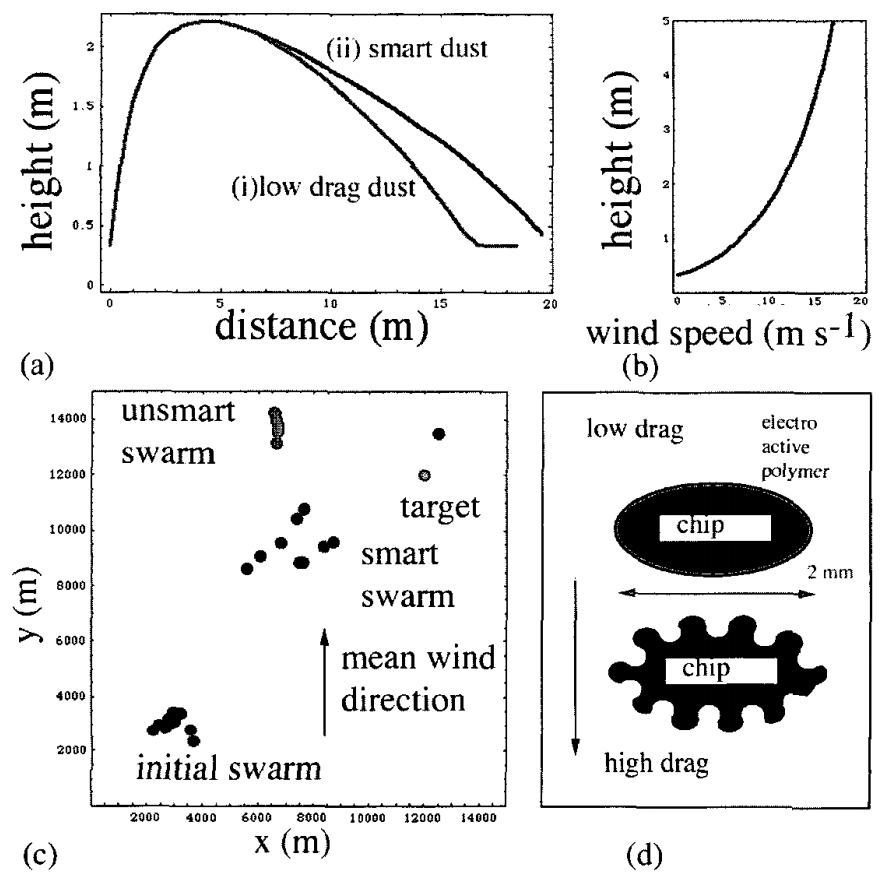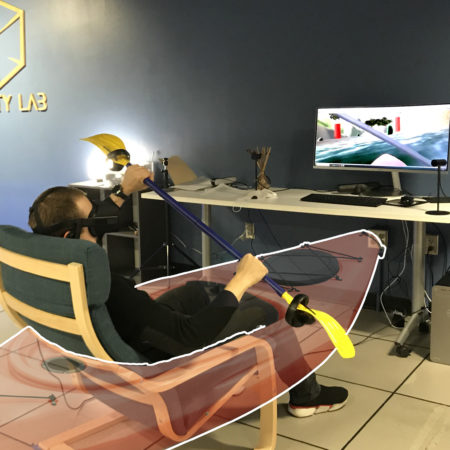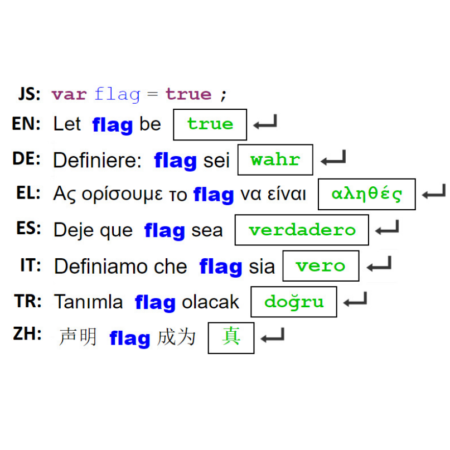Smart dust: Monte Carlo simulation of self-organised transport
In Proceedings of IWCE04: 10th IEEE International Workshop on Computational Electronics, October 24-27, 2004, pp. 182-183. https://doi.org/10.1109/IWCE.2004.1407387
Description
Smart dust has been conceived as millimeter scale autonomous systems that form the basis for massively distributed wireless sensor networks according to B. A. Warneke and K. S. J. Pister (2002) and B. A. Warneke and K. S. J. Pister (2004). Smart dust motes have been demonstrated that pack sensors, interfaces, power sources, digital control communications and processing circuitry into a few cubic millimeters volume. The authors address the problem of how to subsequently move dust motes around in their application environment. Solutions involving robot insect motes have been advocated where distances and times are small; but this introduces additional mechanical and electronic complexity plus severe constraints on power sources. Instead, the authors focus on the possibility of extracting power from the natural fluctuating forces that act on the motes.
Additional information
| Author | Barker, J., Barmpoutis, A. |
|---|---|
| Journal | In Proceedings of IWCE04: 10th IEEE International Workshop on Computational Electronics |
| Year | 2004 |
| Month | October 24-27 |
| Pages | 182-183 |
| DOI |
Citation
Citation
BibTex
@article{digitalWorlds:177,
doi = {https://doi.org/10.1109/IWCE.2004.1407387},
author = {Barker, J. and Barmpoutis, A.},
title = {Smart dust: Monte Carlo simulation of self-organised transport},
journal = {In Proceedings of IWCE04: 10th IEEE International Workshop on Computational Electronics},
month = {October 24-27},
year = {2004},
pages = {182-183}
} 


